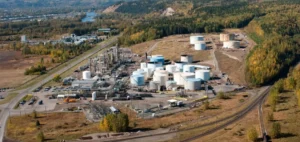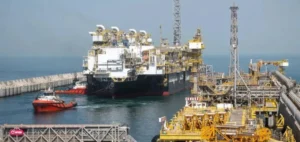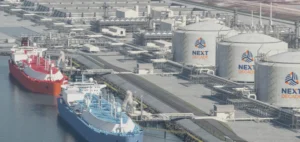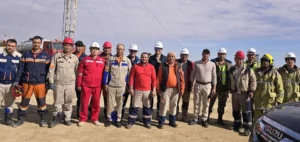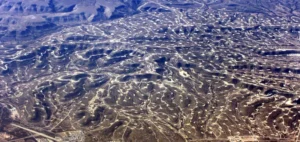South America imports natural gas (LNG) in large quantities, led by Argentina and Brazil.
Quantities not reached since 2018.
South America, a new player in the LNG market
According to data provided by S&P Global Platts, South American imports reached nearly 84 billion cubic feet (Bcf) in June 2021.
This is the highest rate since 2018 and an import of 78 Bcf.
According to experts, imports in 2021 should reach nearly 263 Bcf.
Brazil, the continent’s No. 1 LNG importer
Of the record imports in June 2021, Brazil accounted for almost half of all orders.
A severe drought hit the country during the year, causing hydraulic reservoir levels to drop.
As a result, the country had to import larger volumes of LNG.
Due to the drop in hydroelectric production, Brazil has had to turn to new sources of energy production.
As a result, the government is turning to gas-fired power plants, increasing its need for LNG.
State-owned Petrobras was therefore tasked with significantly increasing its LNG orders.
These orders coincided with the rise in world LNG prices.
The majority of Brazil’s LNG imports come from the United States.
The recent rise in LNG prices has not spared the US market, but this does not seem to have dampened Brazil’s appetite.
Argentina’s growing need for LNG in the face of an unprecedented situation
The other South American leader in LNG imports is Argentina.
Their increase in LNG orders is explained by the fact that domestic production is declining.
In addition, imports from Bolivia have become insufficient to meet winter demand.
The global pandemic brought with it various complications that hampered gas production in the south of the country.
The country has therefore taken steps to ensure LNG imports over the winter.
It has restarted a floating storage and regasification unit in Bahia Blanca.
For 2021, Argentina has launched several calls for tenders.
As a result, deliveries have doubled to 25 Bcf per month.
This represents the highest month for imports since August 2018.
Prices for these tenders are likely to be influenced by the recent rise in LNG prices.
These increases reflect strong Asian and South American demand, as well as increasing price competition in Europe.
This should reduce the overall production costs of V.E. South America is therefore facing a growing need for LNG.
In a highly competitive sector, Argentina and Brazil will have to play hardball to obtain the best prices in the short term.
In the long term, other, more sustainable solutions will have to be considered.







